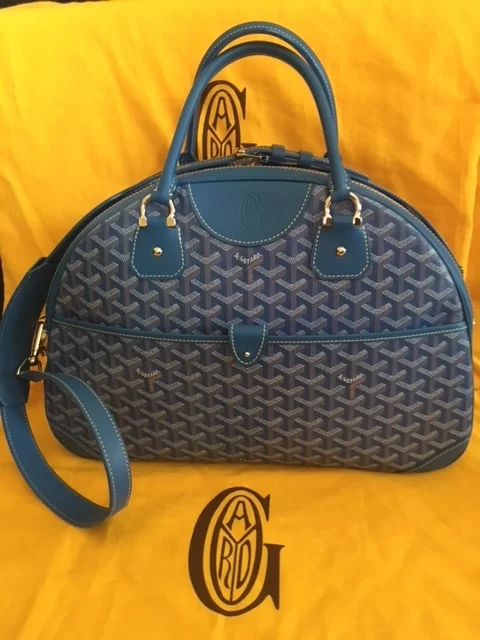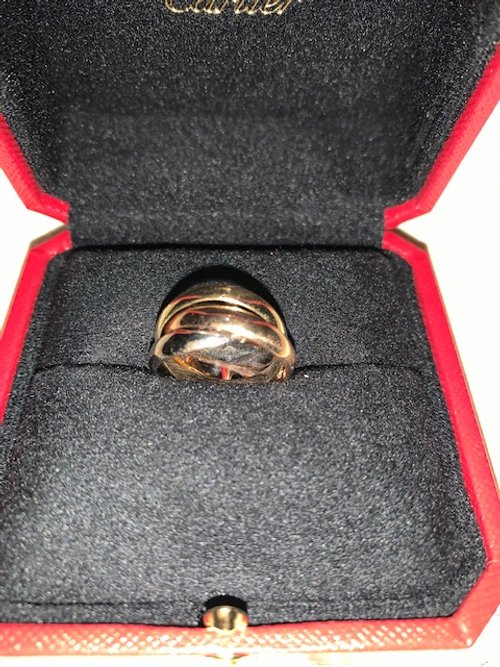Vermeil vs Gold-Filled vs Gold-Plated vs Gold-Electroplated Jewelry
/These terms describe the quality and thickness of gold in gold-coated jewelry. A coat of gold over base metal gives affordable fashion jewelry a high-end finish. A thicker coat of gold is more durable and lustrous than a thin coat, and will look more like solid gold. The thinner the coating, the more quickly it will wear away, diminishing the luster and appearance of the jewelry.
Different legal definitions* are used to describe the process of coating a base metal with a precious metal, such as gold. The thickness of the coating is measured in microns, and different terms are used depending on the thickness of the plating and the fineness of the precious metal (i.e., 10k, 14k, 18k). In terms of durability, gold-filled and Vermeil rank the highest. Gold-plated and heavy gold-electroplated are in the middle. Gold-electroplating generally ranks the lowest.
Gold-filled jewelry (aka Rolled Gold) has a permanent coating of gold. A layer of at least 10k gold is soldered or fused to a base metal. The plating must make up at least 1/20 of the total metal weight. Gold-filled jewelry is stamped with the abbreviation: G.F. For example, a 14k gold-filled item will bear the hallmark: “14K G.F.”
Vermeil (aka Gilded Silver) jewelry also has a thick coating of precious metal, which must be at least 2.5 microns thick. Vermeil contains no base metal. It is sterling silver coated with gold of at least 10k.
Gold-plated jewelry consists of a coating of at least 10k gold with a minimum thickness of one-half micron. Gold-plated jewelry is stamped with the abbreviation: G.P. For example, an 18k gold-plated item will bear the hallmark: “18K G.P.” If the maker of the item has used more than one-half microns of gold, that may also be indicated in the hallmark as follows: “2 microns 10K G.P.”
Gold-electroplated jewelry consists of a thin coating of at least 10k gold with a minimum overall thickness of 0.175 microns applied by an electrolytic process. Gold-electroplated jewelry is hallmarked: G.E.P. For example, a 12k gold-electroplated item will be stamped: “12K G.E.P.” Jewelry with a thick electroplated coating of at least 2.5 microns is called Heavy Gold Electroplate and hallmarked with the initials: H.G.E. Jewelry with a very thin electroplated gold coating is referred to as Gold Washed.
Gold-coated jewelry is a cost-effective alternative to solid gold. However, a little extra care must be taken to ensure that your pieces maintain their bright finish. Polish gently, and remove before contact with water or cleaning products.
To get the most out of gold-coated jewelry, choose Vermeil or gold-filled pieces for all kinds of jewelry, but especially those that will see heavier wear, such as rings and pendant necklaces. Choose gold-plated pieces for jewelry that will see moderate wear, such as bracelets, necklaces without large moveable pendants, cocktail rings, and earrings. Finally, choose gold-electroplated pieces for jewelry that will see little wear and tear, such as earrings.
*The definitions in this article are based on those used by the Gemological Institute of America (GIA).
The necklace in the middle is 14k gold, the wider necklace on the the left is 14k gold-filled, and the necklace on the right is rhodium-plated sterling silver. The gold-filled necklace is almost indistinguishable from the 14k gold necklace. The rhodium-plated sterling silver is whiter and brighter. This beautiful necklace looks like white gold when worn alone, and one can only spot the difference when it is placed directly next to 14k gold.






